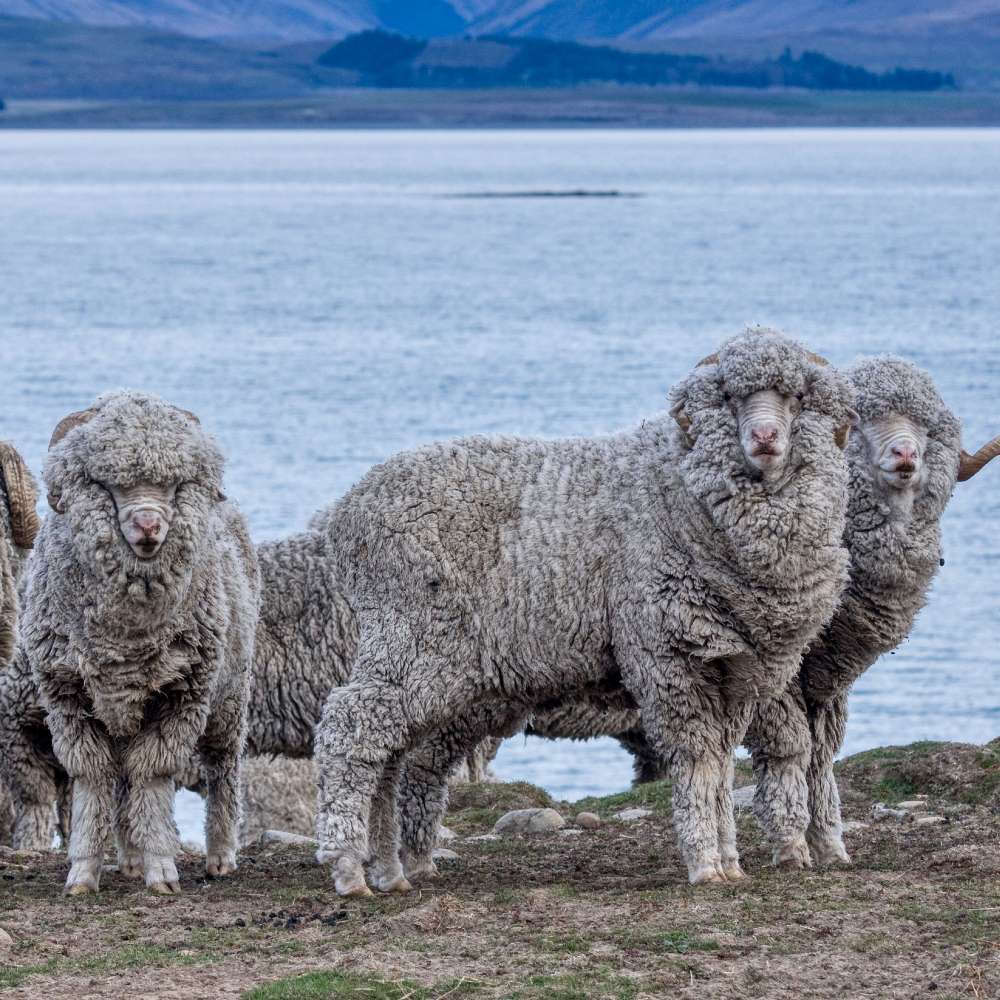
The Future of Fabric
About two years ago, I read the book The Story of Stuff and it changed the way I think about the stuff that is apart of my life and society. Since reading that book I have come to the conclusion that in almost every scenario there is a better alternative than plastic.
In particular, I have this to be true for clothing. Let's explore the current state and future direction of fabrics, focusing on performance, sustainability, and technology.
The Environmental Toll of Textiles: Plastic & Logistics
The apparel industry is a major contributor to global plastic pollution and carbon emissions.
- In 2019, apparel consumption generated over 20 million tons of plastic waste globally.
- An estimated 8.3 million tons of this plastic waste likely entered the environment that year, mainly from discarded synthetic clothing.
- Synthetic fibers like polyester and nylon constitute about 89% of the plastic waste from the apparel sector, with roughly 60% of all materials used in fashion being plastic-based.
- Beyond disposal, simply washing synthetic clothes releases approximately 500,000 tons of microplastics annually – equivalent to 50 billion plastic bottles.
- The industry's complex global supply chain relies heavily on transportation, contributing significantly (around 2-8%) to global carbon emissions.
- The fast fashion model exacerbates these issues with its rapid production cycles and reliance on long-distance shipping.
Current High-Performance Sustainable Fibers
Amidst concerns over synthetics, several natural and semi-synthetic fibers offer excellent performance with improved environmental credentials.
Merino Wool

Raised primarily in Australia and New Zealand, Merino sheep produce wool prized for its exceptionally fine fibers (typically 15-24 microns). This fineness, combined with natural crimp, creates a soft, non-itchy feel against the skin and traps air effectively for insulation, providing excellent warmth-to-weight ratio. The wool is harvested annually through shearing. Its natural properties include:
- Renewable & Biodegradable: Regrows annually and biodegrades naturally. Wool fibers also store atmospheric carbon.
- Performance: Superior temperature regulation (warm in cold, cool in heat), moisture-wicking (absorbs up to 30% of its weight without feeling damp), and natural odor resistance.
- Ethical Sourcing: Look for certifications like ZQ Merino or the Responsible Wool Standard (RWS) ensuring animal welfare (including mulesing-free practices) and sustainable land management.
Tencel (Lyocell)

Tencel™ is the brand name for lyocell fiber produced by the Austrian company Lenzing AG. It's made from wood pulp, primarily sourced from sustainably managed eucalyptus forests (often in Europe and South Africa) certified by FSC® or PEFC™. The key is the manufacturing process:
- Closed-Loop Production: Wood pulp is dissolved in a non-toxic organic solvent (N-Methylmorpholine N-oxide, or NMMO). Over 99% of the solvent and water used is recovered, purified, and recycled back into the system, minimizing waste and water usage dramatically compared to fibers like viscose or conventional cotton. The dissolved pulp is then extruded through spinnerets to form fibers.
- Qualities: Results in exceptionally soft, smooth, breathable, and moisture-absorbent fibers, suitable for sensitive skin.
- Biodegradable: Certified biodegradable and compostable.
Alpaca Wool

Native to the Andean regions of South America (Peru, Bolivia, Ecuador), alpacas are farmed for their luxurious fiber, harvested via annual shearing. Compared to sheep, they have a lighter footprint: padded feet cause less soil erosion, they browse efficiently, require less water, and produce less methane.
- Fiber Structure: Alpaca fiber contains microscopic air pockets, making it lightweight yet exceptionally warm (often warmer than sheep's wool) and naturally water-resistant. It lacks lanolin, making it hypoallergenic.
- Renewable & Biodegradable: Harvested annually and biodegrades naturally.
- Reduced Processing: Often requires fewer chemicals and less water for processing than sheep wool.
Future Technology: Weaving a Greener Path
Technological innovation is rapidly advancing the field of sustainable textiles, moving beyond concepts to tangible solutions.
AI Weaving Patterns and Design
- Platforms like Patterned.ai and tools from companies like The New Black use AI to analyze trends and generate unique, personalized fabric patterns on demand.
- AI optimization reduces material waste in pattern layout and can potentially minimize dye usage by designing for specific color application methods.
- Startups like Myth AI are integrating AI from design generation directly to machine instructions for digital knitting or weaving.
Future Materials & Processes
- Bio-Synthetics: Companies like Kintra Fibers are producing polyester alternatives from corn sugar, while Newlight Technologies creates AirCarbon™ (PHB) from captured methane emissions. Materials derived from algae, fungi (like Mylo™ by Bolt Threads), and other biomass are rapidly evolving.
- Advanced Recycling: Italy's Aquafil produces ECONYL® regenerated nylon from fishing nets and other nylon waste. Others are developing chemical recycling processes to break down blended textiles back into usable raw materials.
- Enhanced Natural Fibers: Natural Fiber Welding modifies natural fibers with their Clarus™ technology to enhance performance (e.g., moisture management, durability) while maintaining biodegradability.
- Smart Textiles: Innovations include conductive yarns for integrated electronics, phase-change materials for temperature regulation (e.g., used by Under Armour), and embedded sensors for health monitoring, though widespread commercial use is still developing.
- Localized Production: Digital textile printing technologies (e.g., from companies like Kornit Digital) facilitate on-demand, localized manufacturing, reducing overstock and transportation impacts.
The future of fabric lies in embracing sustainable materials, leveraging innovative technologies like AI, and refining manufacturing processes to minimize environmental impact. By choosing wisely and supporting brands committed to these advancements, consumers can play a vital role in weaving a more sustainable future for the apparel industry.
04/17/2025
back to blog